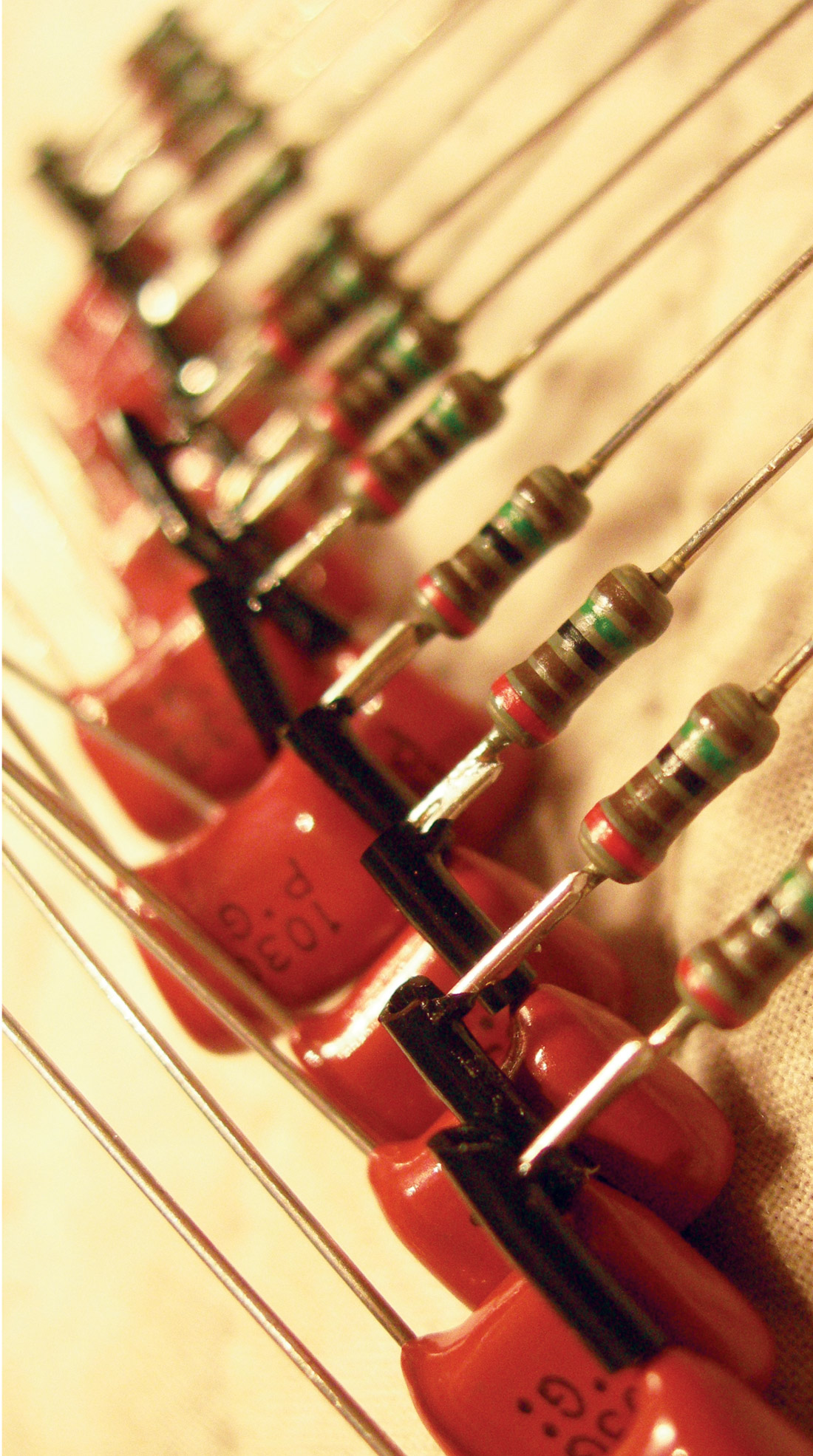JZ Microphones is a new Latvian company started by mic designer Juris Zarins, who at one time worked closely with the company BLUE. JZ's promotional literature touts its old world, no-compromise manufacturing methods, and it's easy to see why. The Black Hole is meticulously crafted, with a courageously unique design based around an oblong hole through the center of the mic's body. Weird, but in my opinion, very cool. Definitely a mic locker standout. Looks kind of like a really tall, rounded Arc de Triomphe.
The mic's three polar patterns (cardioid, figure-8, and omni) are switchable on the inside of the oblong hole. This pattern switch takes a little getting used to, being somewhat hidden. But once you get accustomed to its location, it's actually very easy to use, and as a bonus, there is very little danger of the switch position being accidentally changed.
In use, the Black Hole delivers all the sonic characteristics one would want out of a high-end large-diaphragm condenser: broad frequency range, marked sensitivity, high output, etc. There's a nice, smooth top end and a very focused midrange (lovely-and rare these days), as well as the expected pronounced proximity effect (when not in omni mode). I compared it to an Audio-Technica AT4040 (Tape Op #33), and while I noticed cursory similarities between the two (very differently priced) mics' performances, I was knocked out by the Black Hole's noticeably lower noise floor, its smoother high end, and most of all by its lack of any significant tendency to self-resonate. Though I did not have an AKG C 414 on hand to compare side-by-side with the Black Hole, my past experience with 414s led me to consider the two somewhat equivalent sonically and feature-wise. The Black Hole seems quite versatile, and-excelling on vocals, grand piano, upright bass, acoustic guitar, and various percussion-it could certainly qualify as a top choice for "desert island" mic.
Quibbles, I had a few. The overly-elaborate shock mount (optional) is difficult to set up and allows the mic to "sag" in certain positions. It should be noted that the stock mic clip-while also a bit elaborate-is much more stable and very easy to use. Also, a low-end rolloff would be very handy; the Black Hole's proximity effect, though very flattering, could seemingly be pushed over the edge with a bass singer coming in too close. Ditto on a switchable pad-I had trouble recording loud gang vocals on an aggressive rock song without the recording chain distorting. (The cardioid-only BH-3 version of the Black Hole does have a pad switch.) And, although this is an extremely worthy microphone, the price is a bit on the high side considering the aforementioned shortcomings. Still, I wouldn't hesitate to recommend the Black Hole to anyone. And I'd consider it a perfect choice for a smaller studio looking to add a versatile flagship mic to their collection. ($1995 street; www.jzmic.com)
Tape Op is a bi-monthly magazine devoted to the art of record making.




_disp_horizontal_bw.jpg)